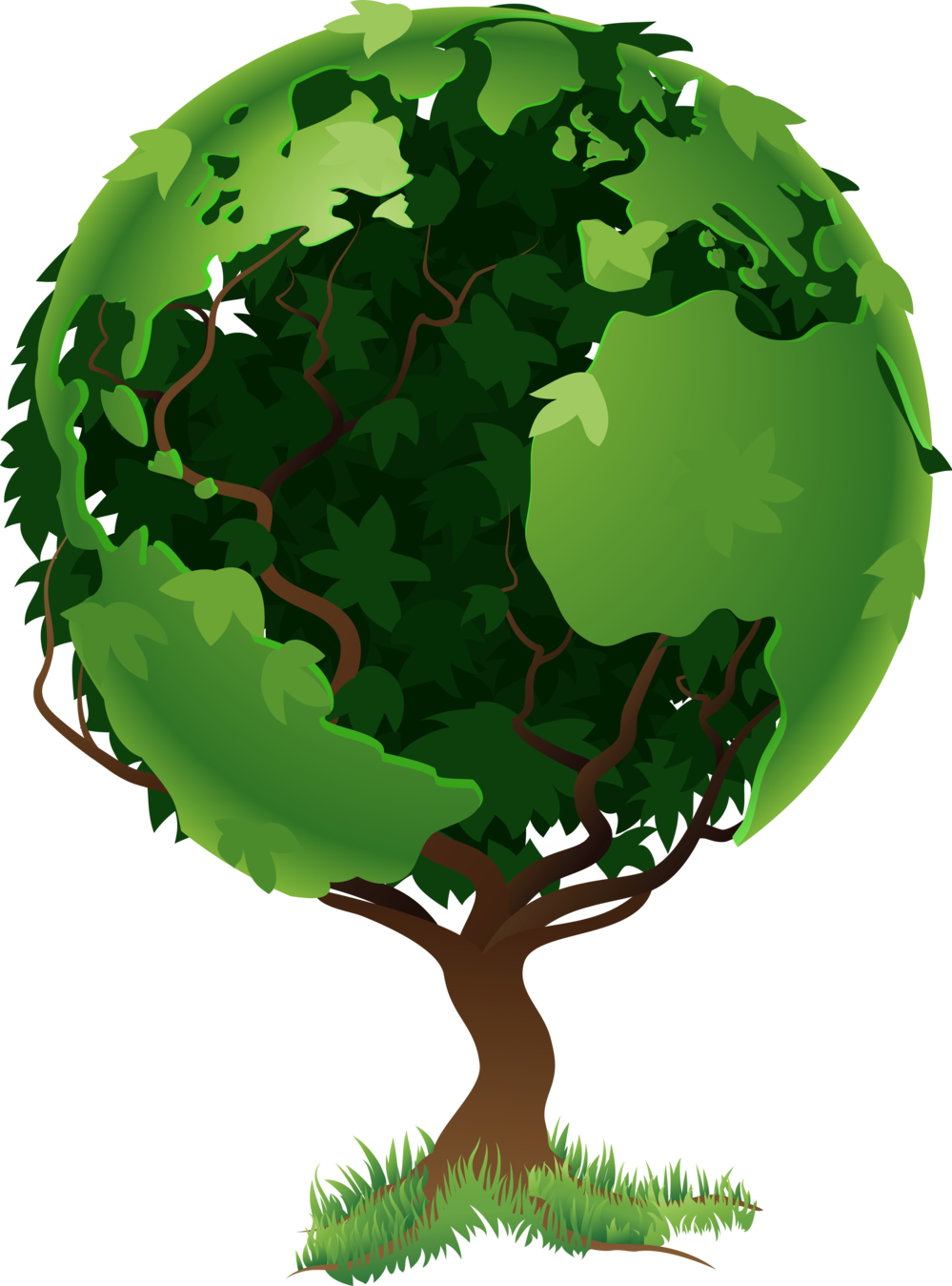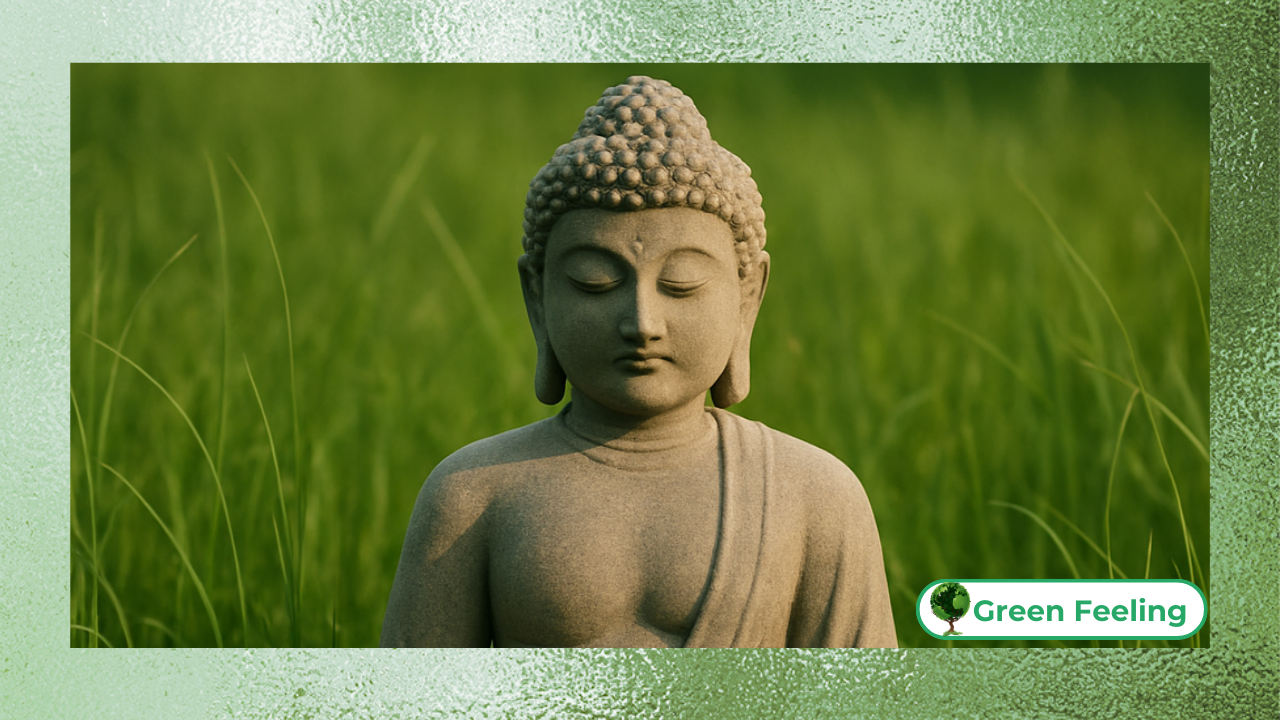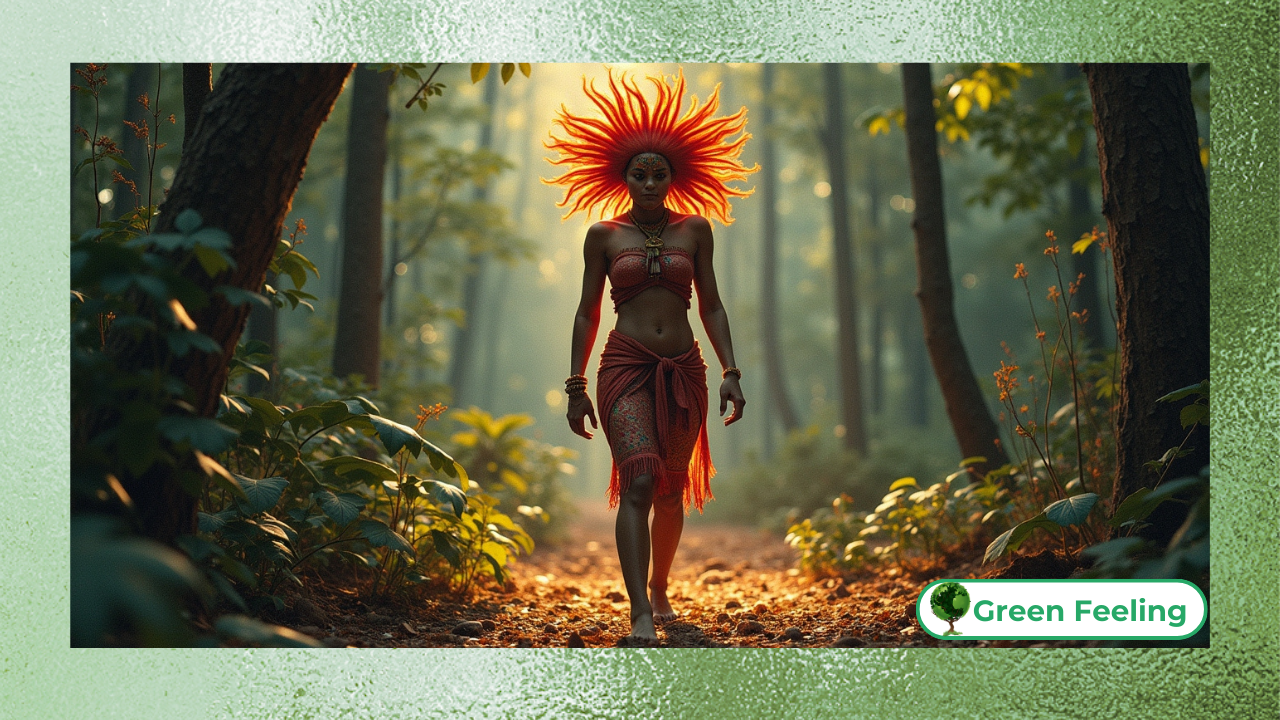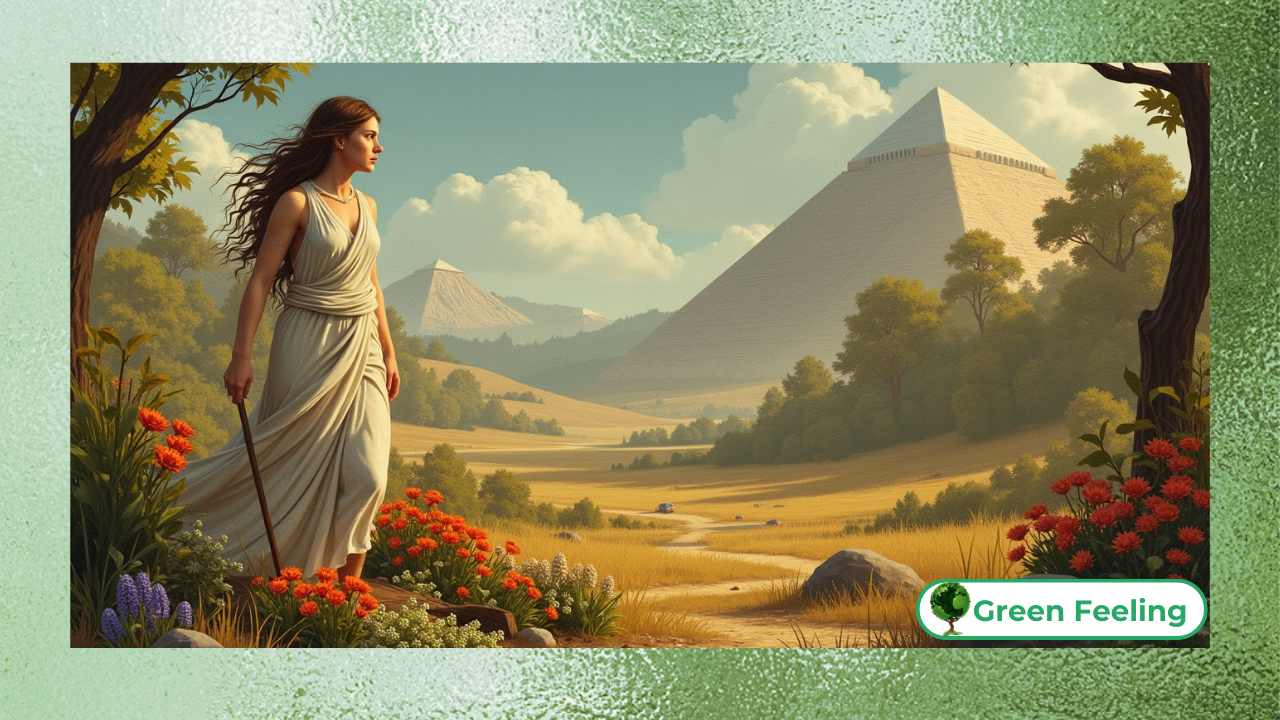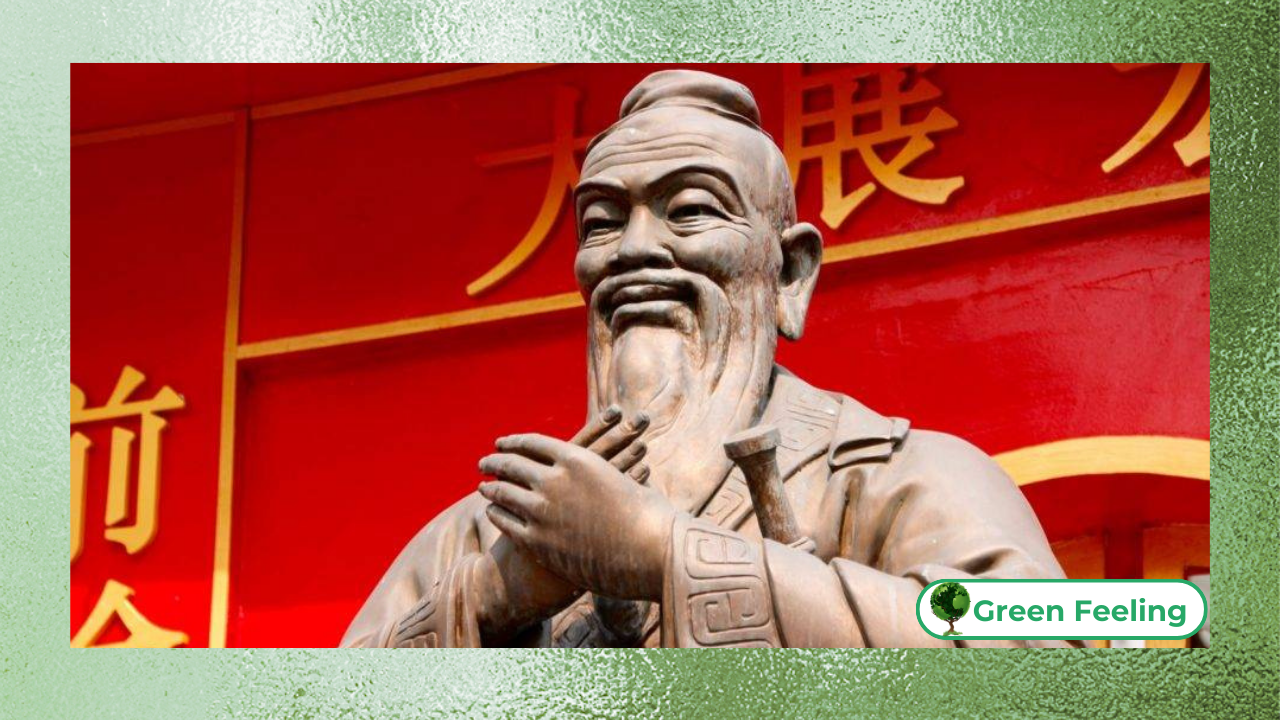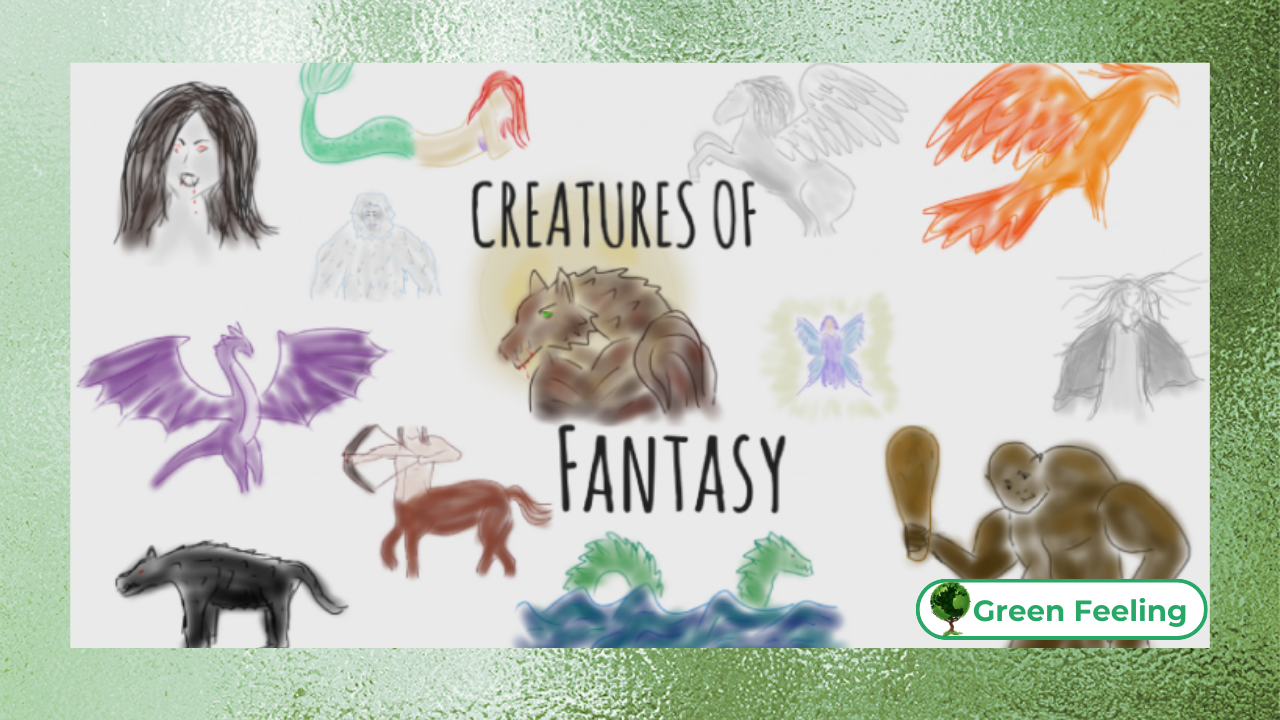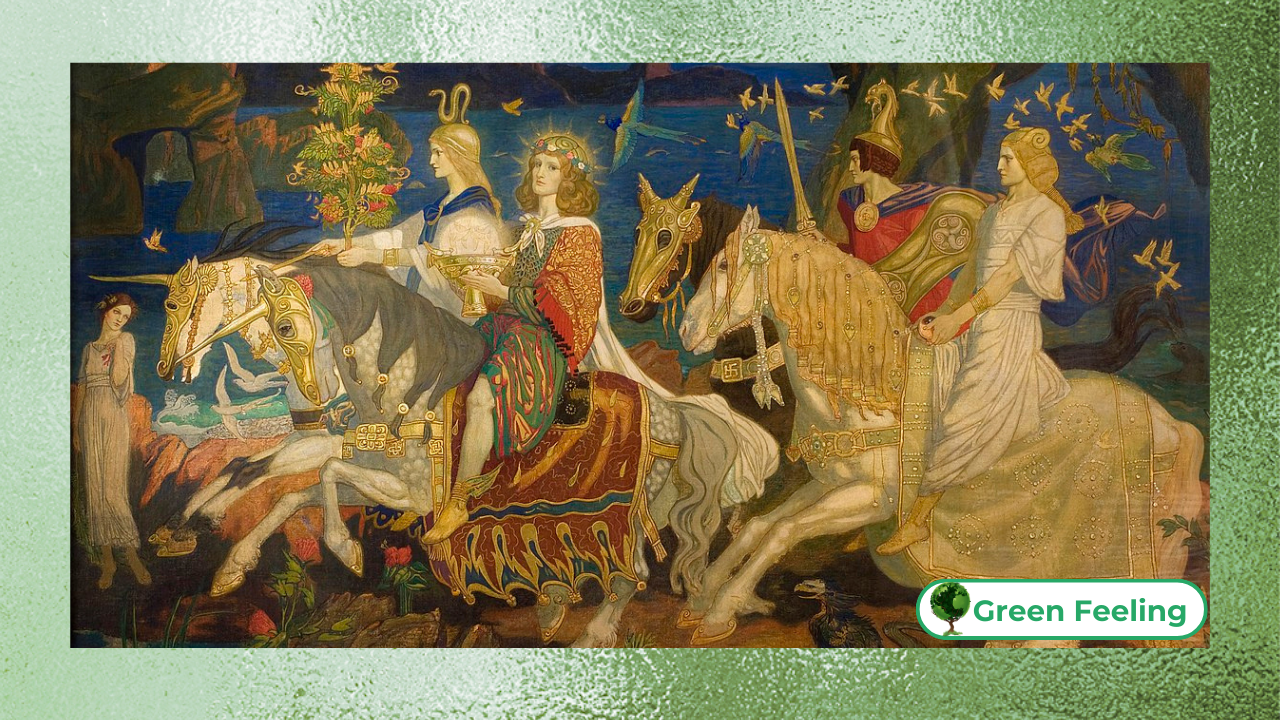The Natural Gods of Egypt: Mythology and Its Elements
Egyptian mythology is one of the richest and most complex belief systems in human history, deeply intertwined with the natural world.
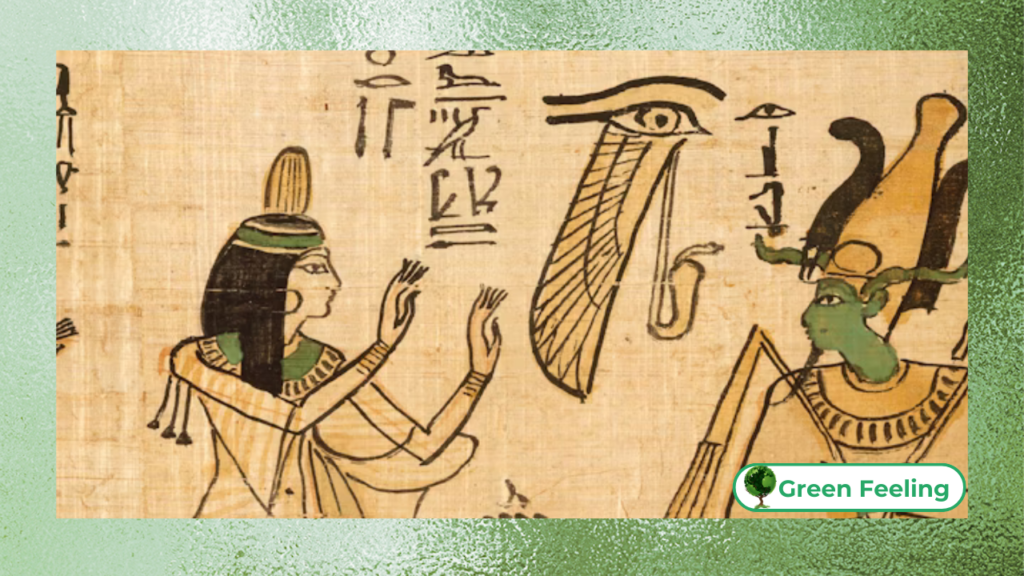
The ancient Egyptians revered their gods not only as divine beings but also as embodiments of natural elements such as the sun, the Nile, the earth, and the sky.
These deities played a central role in shaping the culture, rituals, and daily lives of the people.
This article explores the natural gods of Egypt, their symbolic connections to the environment, and their enduring influence on mythology and spirituality.
The Divine and the Natural in Egyptian Mythology
For the ancient Egyptians, the natural world was not separate from the divine; it was a manifestation of the gods themselves.
The Nile River, the sun, the desert, and the stars were all seen as sacred elements governed by powerful deities.
This deep connection between the divine and the natural world shaped every aspect of Egyptian life, from agriculture and architecture to art and religion.
Egyptian mythology is a testament to humanity’s desire to understand and honor the forces of nature. By personifying natural elements as gods, the Egyptians created a system of beliefs that explained the world around them and provided a framework for their spiritual and cultural practices.
This article delves into the stories of these natural gods, their roles in Egyptian mythology, and their lasting legacy.
“The gods of Egypt were not distant beings; they were the forces of nature themselves, shaping the lives of the people and the land they inhabited.” – Geraldine Pinch, Egyptian Mythology: A Guide to the Gods, Goddesses, and Traditions of Ancient Egypt
The Sun God Ra: The Source of Life
Ra, the sun god, was one of the most important deities in Egyptian mythology. Representing the sun, Ra was seen as the creator of life and the ruler of the heavens.
Each day, he was believed to travel across the sky in a solar barque, bringing light and warmth to the world.
At night, he journeyed through the underworld, battling the forces of chaos to ensure the sun would rise again.
Ra’s connection to the natural world was profound. The sun was essential for agriculture, and its daily cycle symbolized the eternal struggle between order and chaos.
Temples dedicated to Ra were often aligned with the sun’s movements, and rituals were performed to honor his life-giving power.
Symbols of Ra:
- Solar Disk: Represented the sun and its life-giving energy.
- Falcon: Often depicted as a falcon or a man with a falcon’s head, symbolizing his dominion over the sky.
- Ankh: The symbol of life, often associated with Ra’s creative power.
+ The Role of Goddesses in Ancient Mythology
The Nile God Hapi: The Bringer of Fertility
The Nile River was the lifeblood of ancient Egypt, and Hapi, the god of the Nile, was revered as the bringer of fertility and abundance.
Hapi was believed to control the annual flooding of the Nile, which deposited nutrient-rich silt onto the riverbanks, enabling agriculture to flourish. Without Hapi’s blessings, the land would have been barren.
Hapi was often depicted as a man with a potbelly and female breasts, symbolizing his role as a provider of nourishment.
His presence was celebrated in festivals and rituals, particularly during the inundation season, when the Nile’s waters rose and revitalized the land.
Symbols of Hapi:
- Lotus and Papyrus: Represented Upper and Lower Egypt, united by the Nile.
- Water Jars: Symbolized the life-giving waters of the Nile.
- Blue and Green Colors: Represented fertility and abundance.
The Earth God Geb: The Foundation of Life
Geb, the god of the earth, was seen as the foundation of all life. He was often depicted lying beneath the sky goddess Nut, with his body forming the land and his laughter causing earthquakes.
Geb was associated with the fertile soil that sustained crops and the natural resources that supported civilization.
In Egyptian mythology, Geb was also a judge of the dead, ensuring that the deceased were buried properly and that their souls could journey to the afterlife. His connection to the earth made him a symbol of stability and renewal.
Symbols of Geb:
- Goose: Represented his role as the “Great Cackler,” whose laughter caused earthquakes.
- Green Skin: Symbolized the fertile earth and vegetation.
- Reclining Pose: Depicted him lying beneath Nut, forming the land.
Read More: https://www.metmuseum.org/perspectives/paint-like-an-egyptian
The Sky Goddess Nut: The Celestial Canopy
Nut, the goddess of the sky, was depicted as a woman arched over the earth, her body adorned with stars. She was believed to swallow the sun at night and give birth to it each morning, symbolizing the cycle of day and night.
Nut’s connection to the sky made her a protector of the dead, as she was thought to guide souls to the afterlife.
Nut’s role in Egyptian mythology highlights the importance of the sky as a source of wonder and mystery. Her imagery was often painted on the ceilings of tombs and temples, serving as a reminder of the eternal nature of the cosmos.
Symbols of Nut:
- Star-Covered Body: Represented the night sky.
- Arched Pose: Symbolized her role as the celestial canopy.
- Solar Barque: Depicted her carrying the sun across the sky.
Read More: https://www.britannica.com/topic/Nut-Egyptian-goddess
Table: The Natural Gods of Egypt and Their Elements
| Deity | Element | Symbolism |
| Ra | Sun | Life, creation, and order |
| Hapi | Nile River | Fertility, abundance, and nourishment |
| Geb | Earth | Stability, fertility, and renewal |
| Nut | Sky | Eternity, protection, and the afterlife |
Conclusion: The Legacy of Egypt’s Natural Gods
The natural gods of Egypt offer a fascinating glimpse into how the ancient Egyptians understood and revered the world around them.
By personifying natural elements as deities, they created a mythology that celebrated the interconnectedness of life and the environment.
These gods were not just abstract concepts; they were living forces that shaped the land, the people, and their culture.
Today, the legacy of Egypt’s natural gods continues to inspire awe and admiration. Their stories remind us of the importance of respecting and honoring the natural world, a lesson that remains relevant in our modern era.
By studying these ancient beliefs, we can gain a deeper appreciation for the beauty and power of nature and the enduring human desire to connect with the divine.
References:
PINCH, Geraldine. Egyptian Mythology: A Guide to the Gods, Goddesses, and Traditions of Ancient Egypt. Oxford University Press, 2002.
Additional Sources:
- The Role of Ra in Egyptian Mythology. Available at: https://www.britannica.com/topic/Ra-Egyptian-god. Accessed on: February 10, 2025.
- Hapi: The God of the Nile. Available at: https://www.ancient.eu/Hapi. Accessed on: October 10, 2023.
- Nut and Geb: The Sky and Earth in Egyptian Mythology. Available at: https://www.worldhistory.org/Nut. Accessed on: February 10, 2025.
